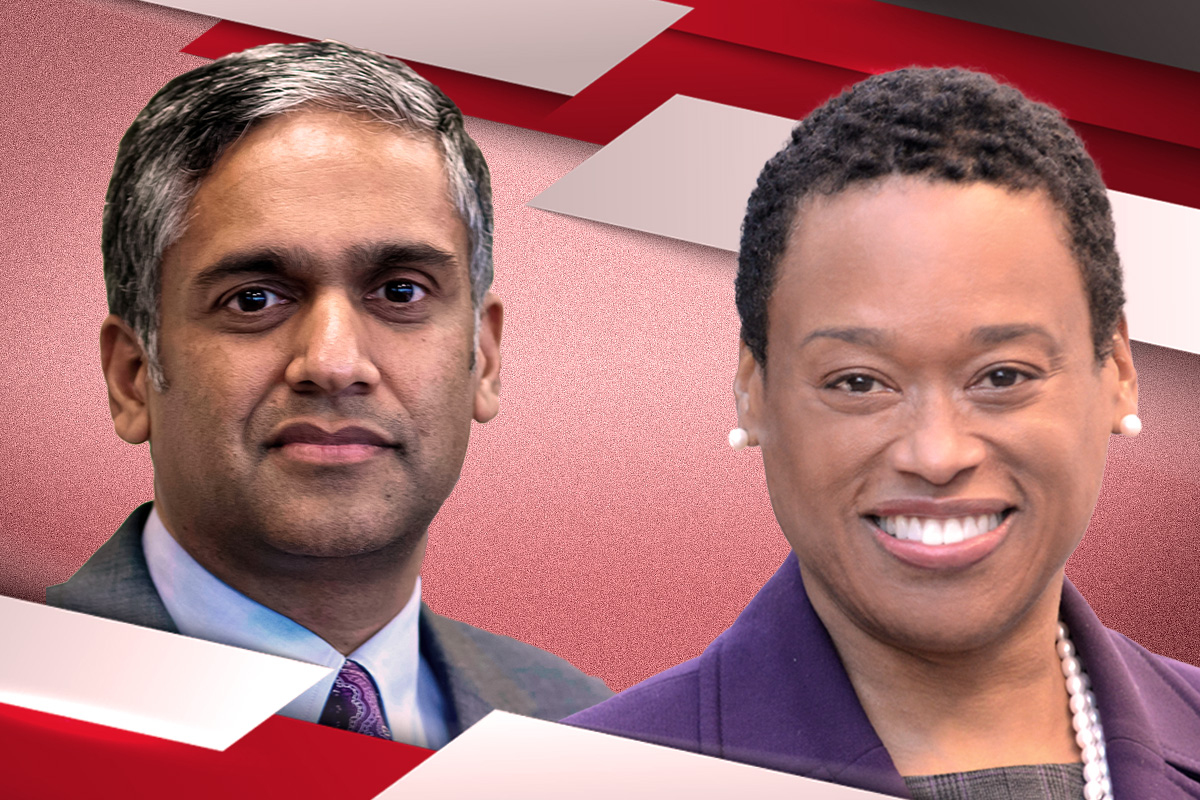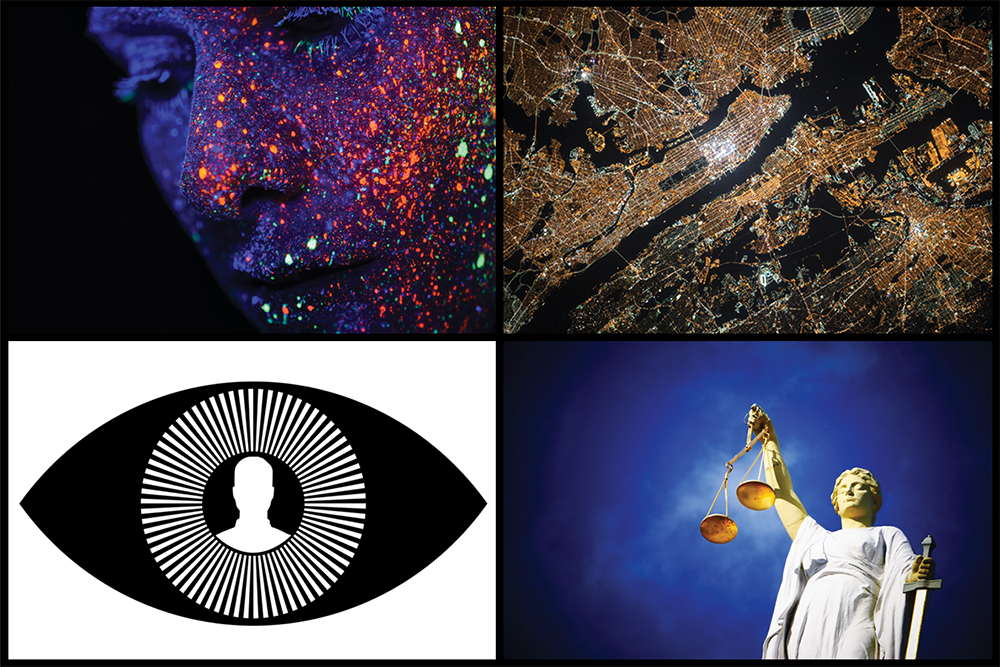3 Questions: Task Force 2021 and the future of MIT education
Anantha Chandrakasan and Melissa Nobles describe themes that emerged from broad discussions on teaching and learning in the post-Covid world.

MIT’s Task Force 2021 and Beyond has been at work for seven months, charged by President L. Rafael Reif with exploring “how MIT might invent a thriving new future” in a post-Covid world. The effort’s Academic Workstream, which looked specifically at the future of the MIT education, was co-chaired by Anantha Chandrakasan, dean of the School of Engineering and Vannevar Bush Professor of Electrical Engineering and Computer Science, and Melissa Nobles, Kenan Sahin Dean of the School of Humanities, Arts, and Social Sciences and professor of political science.
Chandrakasan and Nobles spoke with MIT News about the recent societal changes that are likeliest to impact teaching and learning at MIT, the themes that arose in their group’s conversations, and the changes that might arise if some of their proposals are adopted.
Q: What changes — due to the events of this past year — do you think will have the most significant impact on an MIT education?
Nobles: Needless to say, many developments over the past year have had a profound impact on how we educate our students.
We’ve learned a great deal about teaching remotely — specifically, what works well and what doesn’t work well. We’ve learned what can be accomplished effectively through online education, and what parts of teaching and learning are most productively done in person.
Because of this experience, once we’re able to return to the classroom, I believe we’ll be much more thoughtful about how to use that most valuable of resources — our time together as teachers and students.
Chandrakasan: Events over the past year, both on and off campus, have also served as valuable reminders of how far we still have to go to realize our highest aspirations for diversity, equity, and inclusion. Those events have caused us all to question what more we can do to educate our students on these important topics. We need to help them think and respond to these issues energetically and creatively. In so doing, we will help our graduates to play a vital role in shaping a more inclusive world.
Q: What were themes that emerged in your group’s discussions and in the ideas that your group put forward?
Nobles: There were a number of suggestions for additions to the curriculum. These proposals centered, in part, around teaching on ethics, racial justice, and structural, systemic, and institutional hierarchies. But we also discussed teaching what one might call the “hidden curriculum”: how to deal with the complexities and uncertainties of life, and how to care for mind, body, and relationships.
More broadly, there were themes of clearly articulating MIT’s social responsibilities, and of supporting students, faculty, and staff in fulfilling these responsibilities — through, for example, experiential learning, or possibly the creation of a Social Impact Fund.
Consistent with this is the need to strengthen our pipeline of underrepresented and minority researchers, considering both our hiring processes as well as our need to provide a more supportive, attractive environment once these individuals have found their professional home at MIT.
Chandrakasan: Continuing on the theme of supporting those in our community, there were also a number of suggestions around the support we provide to undergraduates, graduates, and postdocs. We heard clear interest in improving the spectrum of options available to our students and postdocs for advising, mentoring, and professional development.
Additionally, there was ample conversation about how we might most effectively leverage digital tools, reserving in-class time for that which can best be done in person.
Finally, we’ve heard a number of thoughts about how the increased pace of change in today’s world necessitates more lifelong learning. The advances in learning technologies that were introduced to us as a result of Covid-19 might help us make great strides in this area. We’re thinking deeply about the learning opportunities we provide to our graduates, to professionals more broadly, and to underserved communities.
Q: If some of your group’s key ideas are implemented, how would MIT be different for its students in 10 years?
Chandrakasan: It’s clear that there’s broad interest in MIT retaining its academic rigor and its focus on providing an outstanding education in science, technology, and many other areas of scholarship.
However, it is possible that an MIT education may become somewhat more fluid and permeable, with opportunities for our alumni and others to engage with the Institute in lifelong learning. There are many, many qualified people beyond our campus who would like to be able to look to MIT to help them keep pace with changes in science, engineering, and other areas, such as policy or design.
Nobles: At the same time, our group’s discussions underscored the hope that MIT will provide a more holistic education, with yet more focus on nurturing our students in intellect and spirit. We see this as a powerful way to develop graduates who are even better prepared to serve the nation and the world, and to create positive change as they address the world’s greatest challenges.





































